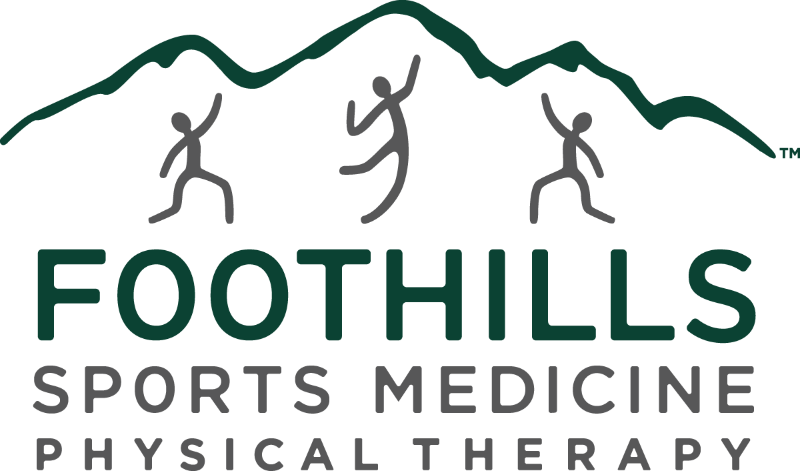No one could possibly deny the success of medical imaging technology. In fact, it’s easy to make the argument that medical imaging is the crowning achievement of our species. Every day, countless people are saved by PET scans that can detect cancerous growth, CT scans that can detect, locate, and help us treat clogged arteries, and MRIs that help to detect and treat a wide range of pathologies.
While I ultimately chose the route to become an Arizona physical therapist, when I was younger, I knew that I wanted to do something in the medical field and I strongly considered going into the field of radiology because I have so much respect for it. So, what I’m about to question might seem a little bit counterintuitive. I want to know if radiology plays any role to help in the field of physical therapy or whether it is just a tool that biases us to become Victims of Medical Imaging Technology (VOMIT).
When I was in physical therapy school, we were always taught to perform an evaluation of a new patient in a particular order. One of the final parts of the evaluation was to look at medical imaging. The reason that it was one of the final parts of an evaluation was that we were supposed to learn a diagnosis from our other tests rather than bias ourselves by knowing what might be the problem with the imaging.
However, once I started practicing in the real world, I soon recognized I no longer had to hold true to these standards. I realized I could move medical imaging to the beginning of my evaluation. The problem was that, if someone had a recent injury and they did not yet undergo medical imaging, I soon felt lost. However, I no longer feel this way even remotely and I actually prefer not to have any medical imaging at all. The reason I now feel that way is because I realized many patients get so caught up in their diagnosis, they often fail to recognize that treatment may be working in terms of making them more functional. To clarify, I’ll give an example of the very first evaluation I performed on my own.
The patient was about to undergo a very serious cervical fusion because he had severe stenosis (a narrowing of the hole where the spinal nerve comes out) that was leading to numbness and tingling down both of his arms. He decided to cancel the fusion in favor of physical therapy only days before it was scheduled. This is still one of the more intimidating cases I have ever seen and my very first evaluation! After only several weeks of physical therapy, it came as a shock even to me that the patient was virtually symptom-free. When I followed up with his surgeon, it was for some reason still recommended to the patient that he undergo the spinal fusion. I was shocked by this, but luckily able to reason with the patient that it made no sense whatsoever to undergo such a serious operation when one is asymptomatic. The patient chose to forego the operation and I have since seen him doing great.
I think that word asymptomatic might be the key takeaway from all of this. Every physical therapist has seen patients that claim their orthopedic surgeon was in shock they were asymptomatic after looking at X-rays of a knee that was “bone-on-bone.” But, the problem is X-rays can’t show us someone’s strength or range of motion. Someone that has great strength with a good range of motion might be able to tolerate much more than a patient that is weak with a lack of range of motion in the case of a knee that is “bone-on-bone.”
Additionally, there have been more recent, wide-ranging studies that you’ll see if you Google the term “Victim of Medical Imaging Technology (VOMIT).” One of my favorites is that 50% of women over the age of 50 will have a moderate to severe rotator cuff tear on their shoulder. However, it’s safe to say that 50% of women over the age of 50 do not need rotator cuff repairs! And it’s because the ones that don’t are asymptomatic.
I hope you take away from this the importance of careful consideration of your medical imaging despite the diagnosis. If you’re facing pain and a scary imaging diagnosis, please schedule an appointment with me or any other Foothills Sports Medicine physical therapists at one of our many Arizona physical therapy locations.



